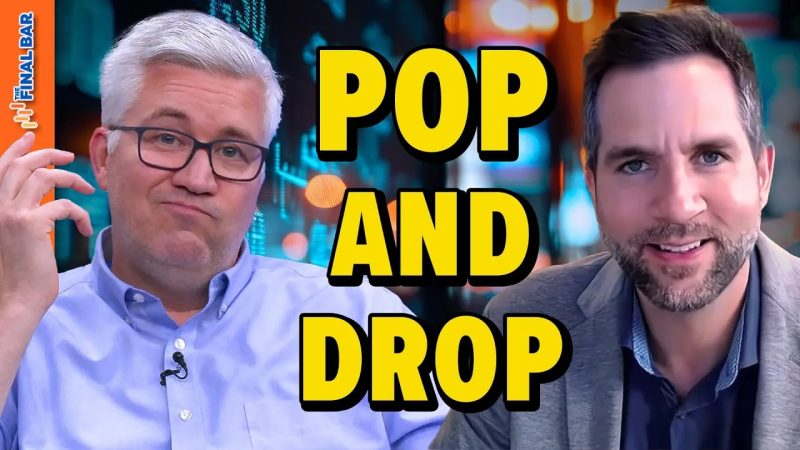Market Pops, Then Drops on Fed Day
Market anticipation can be a powerful force, especially on Federal Reserve meeting days when decisions regarding interest rates and monetary policy are announced. This phenomenon often leads to significant fluctuations in the financial markets, characterized by a temporary surge followed by a subsequent drop.
The initial market pop is usually driven by optimism and speculation leading up to the Fed’s announcement. Investors eagerly await the news, hoping for clues about the central bank’s future course of action. Positive expectations can fuel buying activity, pushing stock prices higher and causing a temporary rally. This momentum is further amplified by algorithmic trading and high-frequency trading, which respond rapidly to new information and market sentiment.
As the Fed’s decision is made public and details are released, the market’s reaction can be swift and sometimes harsh. Any deviation from market expectations or uncertainty in the Fed’s messaging can trigger a sell-off as investors quickly adjust their positions. Volatility spikes, and prices can quickly reverse, erasing earlier gains and possibly pushing the market into negative territory.
Several factors contribute to the post-announcement drop on Fed days. Firstly, profit-taking occurs as traders capitalize on the initial rally to lock in gains. Secondly, uncertainty and ambiguity in the Fed’s statements can lead to confusion among investors, prompting risk-off behavior and a flight to safety assets. Lastly, market participants may reassess their expectations for future economic conditions and corporate performance based on the Fed’s guidance, leading to a recalibration of asset prices.
The phenomenon of market pops followed by drops on Fed days highlights the importance of understanding market psychology and sentiment. It underscores the significance of properly managing risk and having a clear investment strategy that accounts for potential volatility and sudden market shifts. Traders and investors must be prepared to react swiftly to new information while maintaining a long-term perspective and avoiding knee-jerk reactions based on short-term market movements.
In conclusion, the market’s tendency to experience swings on Federal Reserve meeting days reflects the complex interplay of investor expectations, market dynamics, and economic fundamentals. By being aware of this pattern and adopting a disciplined approach to decision-making, market participants can navigate these volatile periods more effectively and position themselves for long-term success in the ever-changing financial landscape.

